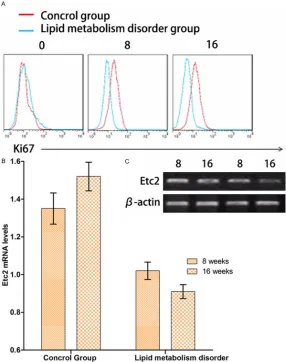Original Article Regulation of lipid metabolism in rat leydig cells testosterone synthesis and proliferation
Full text
Figure



Related documents
Disposing of environmentally harmful by- products, such as polychlorinated biphenyl (PCB) contaminated oil are becoming increasingly costly and in some cases
Given the ethical difficulties of approaching families to participate in research up to two decades after cessation of treatment, the aim of this exploratory qualitative
Two Demographic and Health Surveys (DHS) conducted 10 years apart (in 1995 and 2005) in Egypt obtained information about wife beating [11,15]. In these two sur- veys
The research was due to the need to determine the degree of effect of the stabilization of the layer and comparison with the technological pa- rameters of the newly
For analyses of the association between habitual intentional exercise, collected via validated instrument, with imaging parameters, nonparametric correlation analyses were performed
Taking into consideration water regime factors such as relief, exposure, soil properties, vegetation and biological crust, 3 stationary TDR devices were installed - each with 10
Further research is needed to ascertain if a curriculum built according to our concept map will increase the interest of medical students for a career in geriatrics in- cluding
total phytoplankton biomass ranged from 9 to 73 %. The monthly variations in the biomass of dinoflagellates presented two maxima. dominated contributing 75 % to the